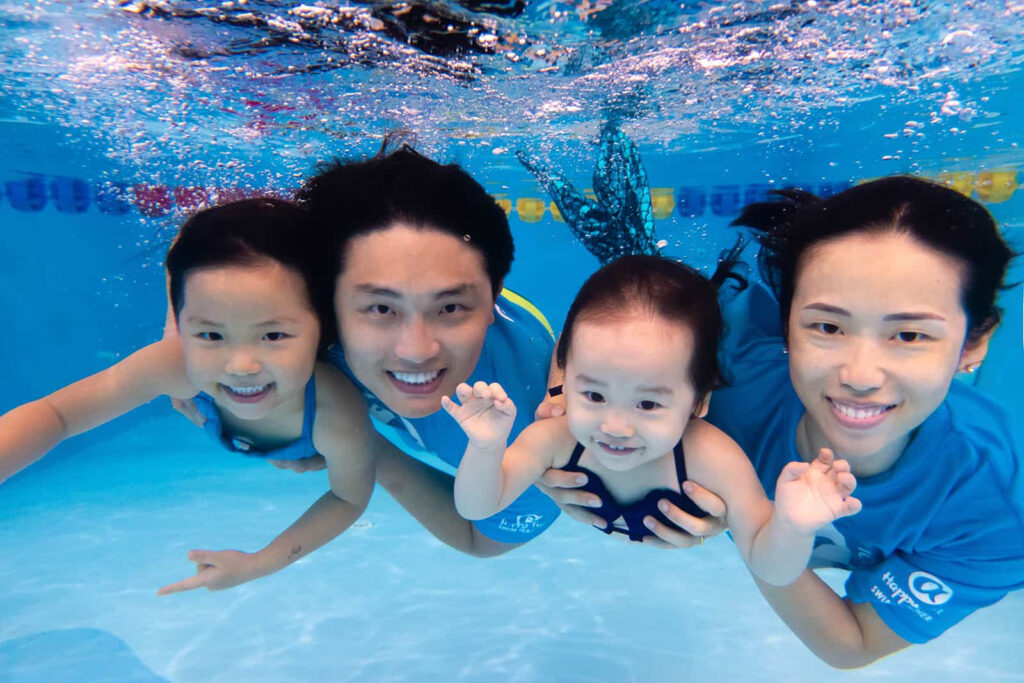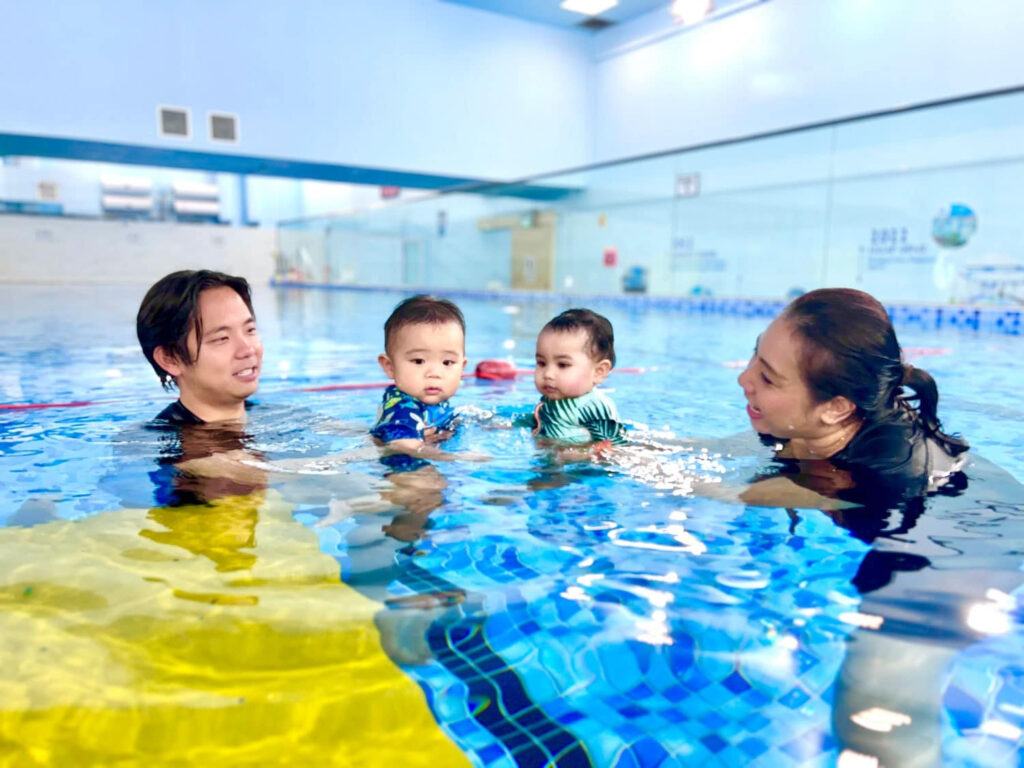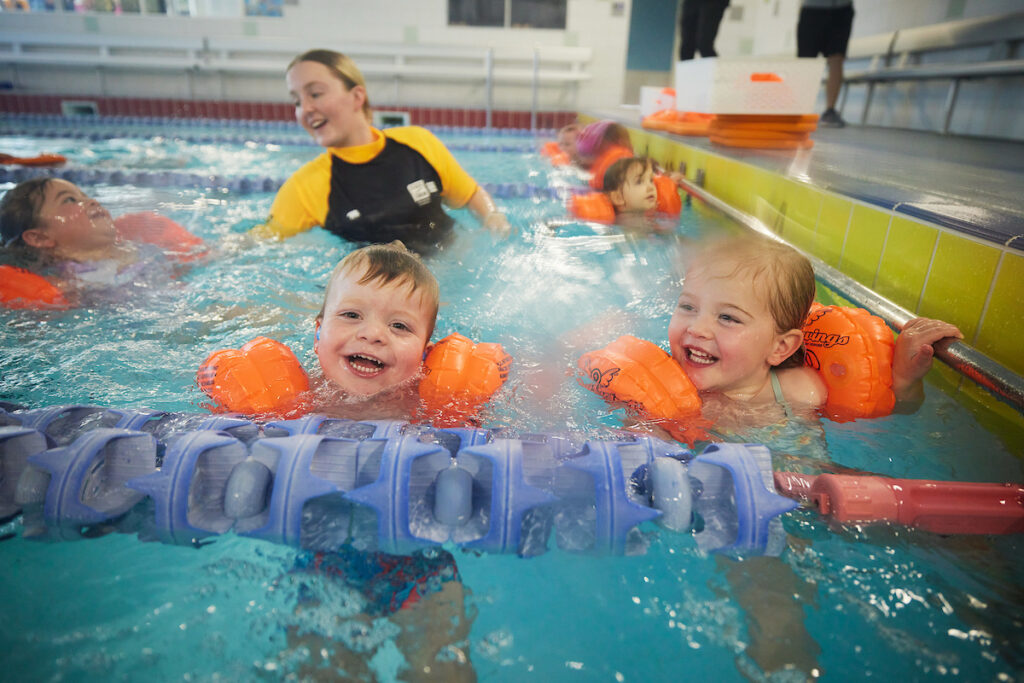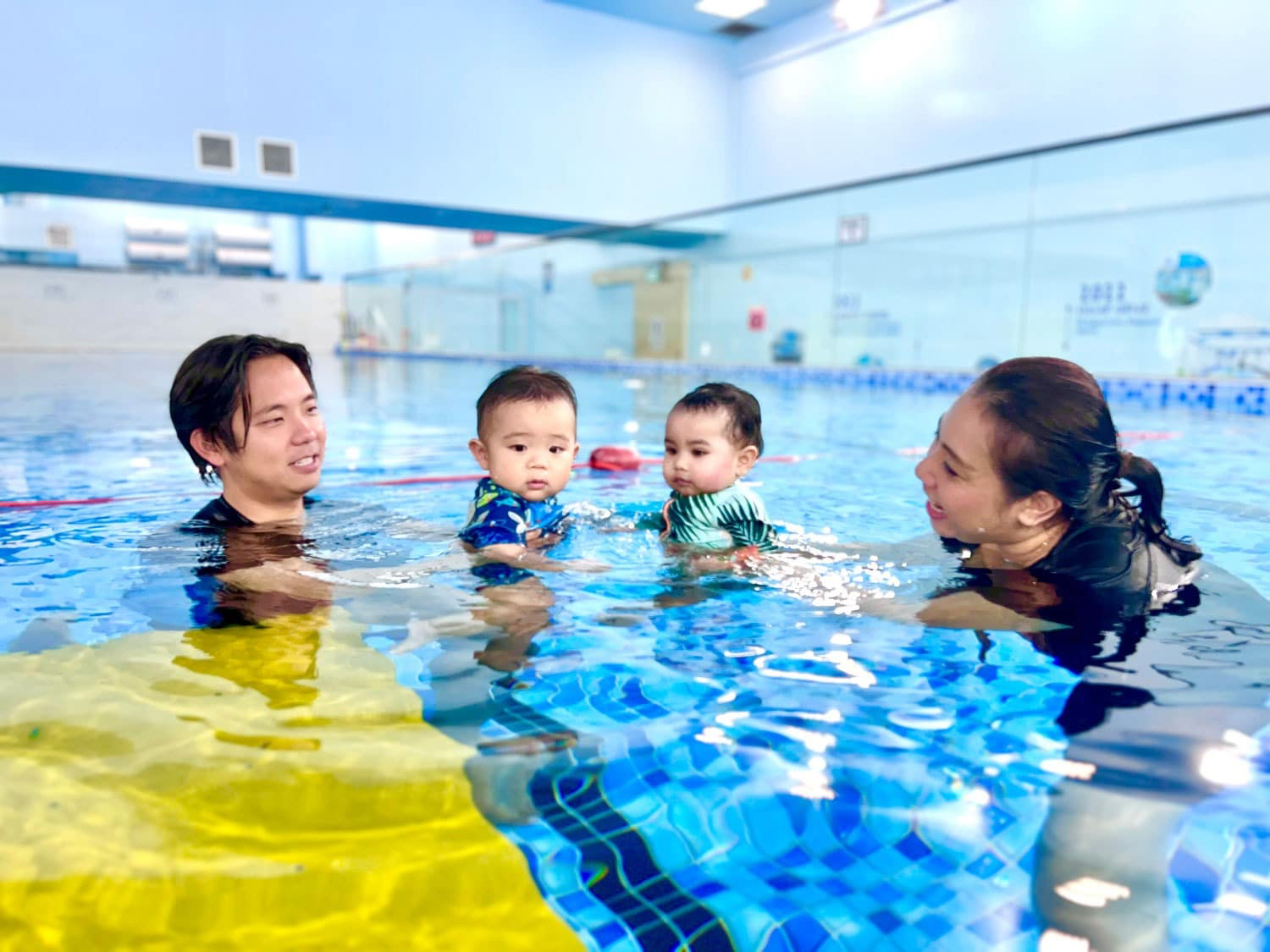Introducing your baby to swimming can be one of the most rewarding decisions you make. Beyond the splash and giggles, early swim classes build water confidence, improve gross-motor skills, and give parents a unique bonding experience. Singapore offers a number of swim schools geared specifically for babies and toddlers, each with their own teaching philosophies, pool environments, and emphasis on safety. In this guide, we walk you through what to look for in a baby-swim class, and highlight some of the best options currently available.
Why baby swimming matters
Starting your little one in a swim class isn’t just about learning strokes. The benefits are wide and meaningful:
- Water confidence: Babies introduced to water in a supportive environment often feel calmer and less fearful around pools or beaches later on.
- Physical & cognitive development: Floating, kicking, reaching — these movements help develop muscle tone, coordination and even early sensory skills.
- Parental bonding: Many baby swim programmes include parent involvement, allowing you to be in the water, feel your baby in motion and share triumphant little moments.
- Water safety awareness: While babies won’t master independent swimming immediately, early exposure means they’ll learn comfort, buoyancy and respect for water earlier.
Of course, selecting the right class matters: temperature-controlled pool, trained instructors, appropriate class size, and an environment designed for the very young — all contribute to a positive experience.
What to look for in a baby swim class
Before you pick a school, here are key criteria to keep in mind:
Age and readiness
Check the minimum age allowed. Some schools start from as young as 3-4 months, others at 6 months or older. For example, many schools highlight baby classes starting from 4 months.
It’s less about swimming independently and more about water familiarity and comfort.
Pool environment & safety
Warm water (ideally 30-33 °C) makes the experience safer and more comfortable for a baby. Some schools use heated mineral or salt-chlorinated pools to ease skin and eye irritation.
Additionally, small class sizes and skilled instructors are important.
Teaching philosophy & progression
Look for a curriculum that progresses gently — from holding, floating, to assisted movement — rather than rushing toddlers into independent strokes. Schools that emphasise water confidence and fun songs/games tend to work well for babies.
Parents should also be involved in early classes.
Scheduling & logistics
Sessions typically last 30 minutes for very young babies. Frequency (once a week, twice?) and makeup policy matter. Also check for changing-room facilities, booking flexibility, and whether parent-in-water is required.
Credentials & reviews
Ensure the coaches are certified and experienced in infant aquatics. Reviews from other parents can give you insight into how supportive the environment is.
Top Baby Swimming Classes in Singapore
1. Happy Fish Swim School

One of the most established baby swim programmes in Singapore, Happy Fish caters to babies from 4 to 23 months old in its dedicated baby class. They operate indoor heated pools at multiple locations, and emphasise a progressive curriculum that helps infants and toddlers become comfortable in the water.
Why it stands out: Wide network of branches, clear baby-specific classes, good reputation.
Considerations: Being a popular choice, availability may be limited; booking early is advisable.
2. Little Splashes Aquatics

This swim school offers baby swimming lessons tailored for 3 to 11 months old in a warm indoor pool, with a focus on sensory experience, floating and parent-child bonding. Their pool environment is warm (31-33 °C) and salt-chlorinated, which is gentler on baby skin.
Why it stands out: Excellent for very young infants, comfortable pool, structured baby-friendly approach.
Considerations: If you’re slightly older (toddlers 2-3 years), check if there’s a transition programme.
3. SWISH! Swimming

SWISH offers Parent & Baby classes starting from 4 months old, taught in premium heated indoor pools. Their focus is on water confidence in a fun, engaging environment with certified instructors.
Why it stands out: Premium facilities, strong emphasis on comfort and early water skills.
Considerations: May command a higher fee; check exact ages and class size.
4. State Swim

State Swim offers a Waterbabies programme for ages 6 months to 2.5 years, emphasising emerging skills like floating, kicking, and wall-monkeying (moving along the pool edge) in small groups of 4-8 children.
Why it stands out: Skill-progression based, good if you want more structured levels for toddlers after baby stage.
Considerations: If your baby is under 6 months, you may need another programme first.
How to choose the best one for you
- Location & convenience: Pick a school near your home or workplace so you’re more likely to keep attending.
- Trial class availability: Many schools offer trial sessions – use one to test the pool environment and your baby’s comfort.
- Age group match: Ensure the class is appropriate for your baby’s age and stage (infant, toddler etc).
- Parent-in-water requirement: Some classes require the parent to be in the pool; others transition to independent baby floats – decide what you’re comfortable with.
- Budget & timings: Compare session durations, price per lesson, and frequency. Infant classes are typically shorter (30 mins).
- Facilities & comfort: A warm pool, clean environment and good changing facilities are especially important for babies.
- Transition path: If you’d like your baby to progress to toddler swimming or independent lessons later, check the school offers that progression.
- Safety credentials & reviews: Confirm instructor certification, pool hygiene standards and read parent reviews for real-world feedback.
Sample timeline: Starting baby swim classes
- 3-6 months old: Some infants are ready for early water familiarisation, especially if comfortable being carried and soothed. Schools like Little Splashes start at 3 months.
- 6-12 months old: Many babies this age can start simple activities — floating with support, gentle submersion (optional) and parent-child bonding in water.
- 12-24 months old: Toddlers become more mobile; classes may shift focus to more skills like kicking, wall-holds, independent movement (with support) and playful water games.
- 24+ months: This is when you might transition to more advanced toddler swim classes — focusing on strokes, kickboards and moving without full parent support.
Benefits beyond the pool
Starting your baby in swim classes can have ripple effects:
- Better sleep & mood: Many parents report babies sleep better after an active, warm-water session.
- Confidence in water future: When kids grow up comfortable with water, they’re less fearful of pools and beaches.
- Social & sensory development: Classes often include music, songs, lights, parent-child interaction and peer presence — all enriching experiences.
- Safety mindset early: Even if your baby won’t become a competitive swimmer, learning water safety early gives you peace of mind.
Final thoughts
Choosing the best baby swim class in Singapore is as much about the experience as it is about the listing. A warm indoor pool, the right age group, a patient instructor and a schedule you can stick with will make all the difference. Start with a trial, watch how your little one reacts — excited, comfortable, curious — and trust your instincts. Schools like Happy Fish, Little Splashes, SWISH! and State Swim are among the strongest options, each with thoughtful curricula for babies and toddlers.
Take that plunge (with your baby!) and you’ll be giving them not just swim skills but a life-long comfort with the water. The first splash often leads to big smiles.

Leave a Reply